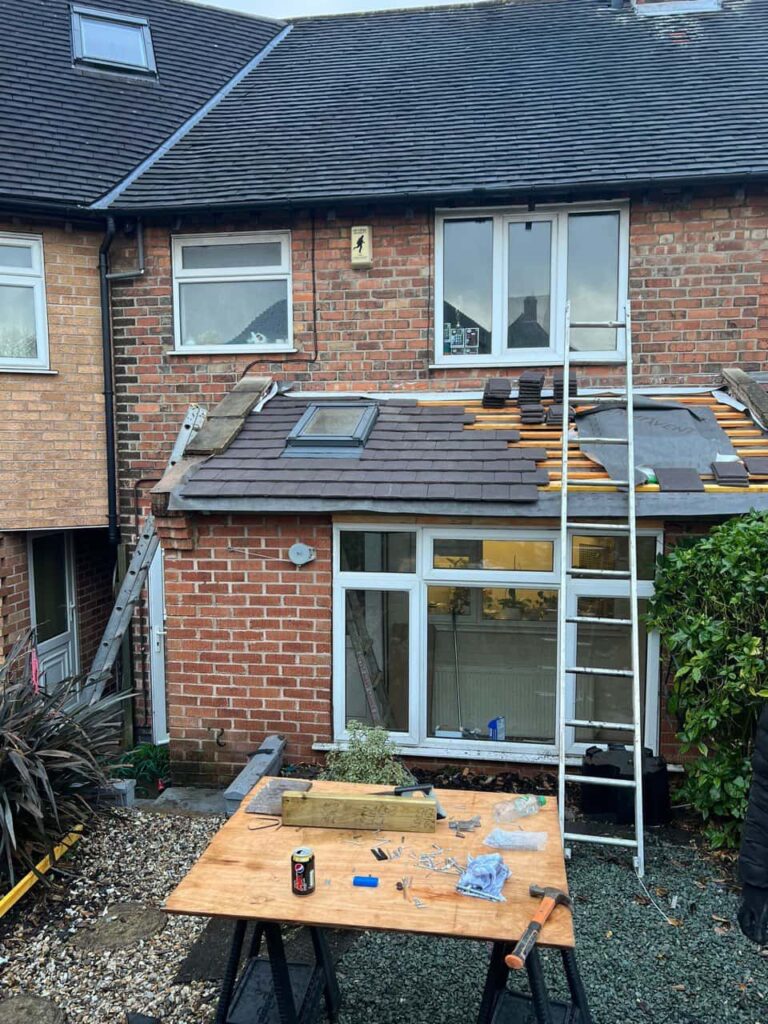Introduction: In today’s environmentally conscious world, sustainable building practices are becoming increasingly important. When considering roofing options, it’s essential to evaluate not only performance and cost but also the environmental footprint of the materials. Felt roofing, a popular choice for its durability and affordability, warrants a closer look at its environmental impact. In this blog post, we’ll delve into the ecological aspects of felt roofing and explore the significance of life cycle analysis in assessing sustainability.
Understanding Felt Roofing:
Felt roofing, also known as built-up roofing (BUR) or modified bitumen roofing, consists of multiple layers of bitumen and reinforcement materials, typically fibreglass or polyester, topped with a protective surfacing material such as gravel or mineral granules. It’s valued for its longevity, weather resistance, and ease of installation, making it a common choice for residential and commercial applications.
Evaluating Environmental Footprints:
- Material Sourcing: Consider where the raw materials used in felt roofing originate and their environmental impact. Look for suppliers who prioritise sustainable sourcing practices and minimise carbon emissions associated with extraction and transportation.
- Manufacturing Process: Assess the energy consumption, emissions, and waste generated while manufacturing felt roofing materials. Manufacturers employing energy-efficient production methods and recycling initiatives contribute to reducing environmental impact.
- Installation: Evaluate the energy and resources required for felt roofing installation, including transportation of materials, equipment usage, and labour. Efficient installation practices can minimise environmental footprint and reduce construction-related emissions.
- Longevity and Durability: Felt roofing’s long lifespan contributes to its sustainability by reducing the need for frequent replacements and associated material consumption. Proper maintenance and repair extend the roof’s service life, enhancing its environmental credentials.
- End-of-Life Disposal: Consider the recyclability or disposal methods for worn-out felt roofing materials at the end of their service life. Recycling initiatives and responsible waste management practices can mitigate environmental impacts associated with roof replacement.
Importance of Life Cycle Analysis:
Life cycle analysis (LCA) is a comprehensive methodology used to assess a product’s or system’s environmental impact throughout its entire life cycle, from raw material extraction to disposal. By quantifying energy consumption, emissions, and resource usage at each stage, LCAs provide valuable insights into the environmental performance of building materials like felt roofing. Property owners can use LCA data to make informed decisions, prioritise sustainable options, and minimise environmental harm.
Conclusion: When choosing roofing materials, it’s essential to consider their environmental impact and sustainability. Felt roofing offers durability, performance, and affordability, but its environmental footprint should be carefully evaluated. Property owners can make informed decisions that align with their sustainability goals by assessing material sourcing, manufacturing processes, installation practices, longevity, and end-of-life disposal. Incorporating life cycle analysis into decision-making processes provides a holistic view of environmental impacts, enabling stakeholders to choose roofing solutions that minimise harm to the planet while meeting performance requirements.
Call us on: 01844 396 698
Click here to find out more about Haddenham Roofing Repairs
Click here to complete our contact form and see how we can help with your roofing needs.

